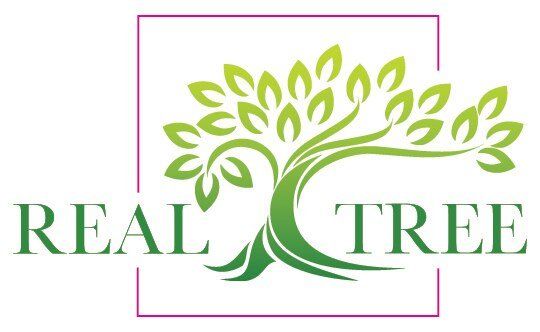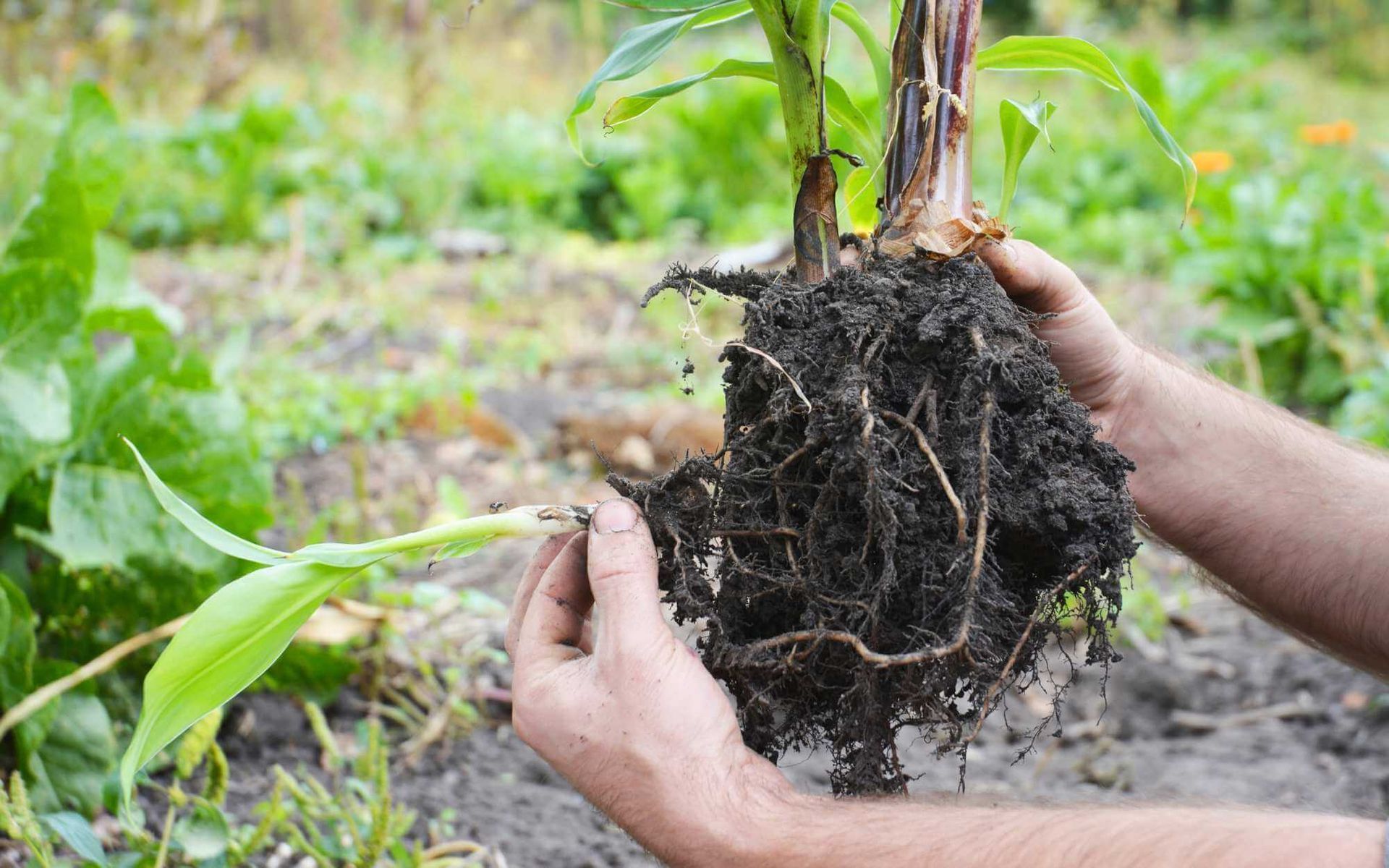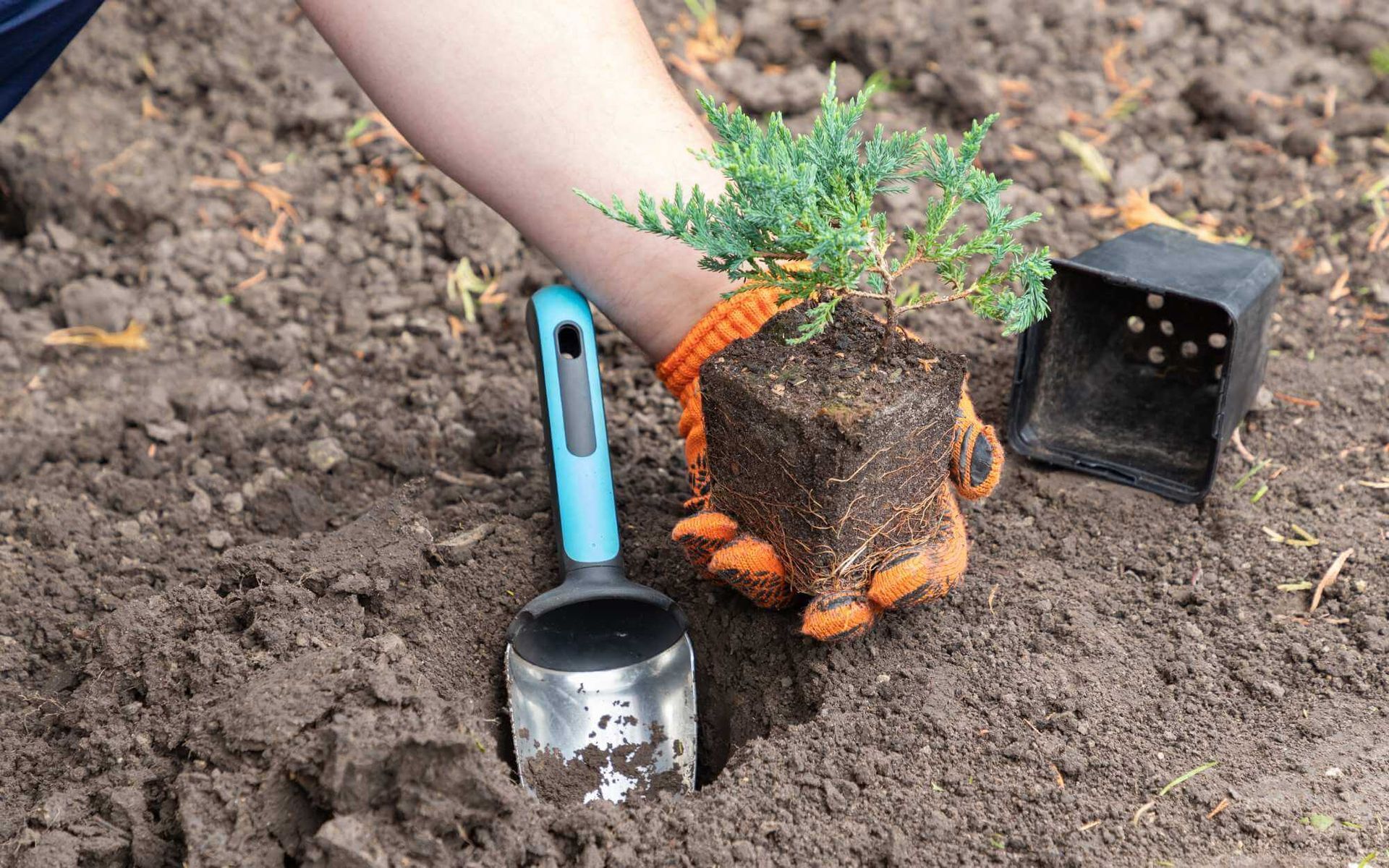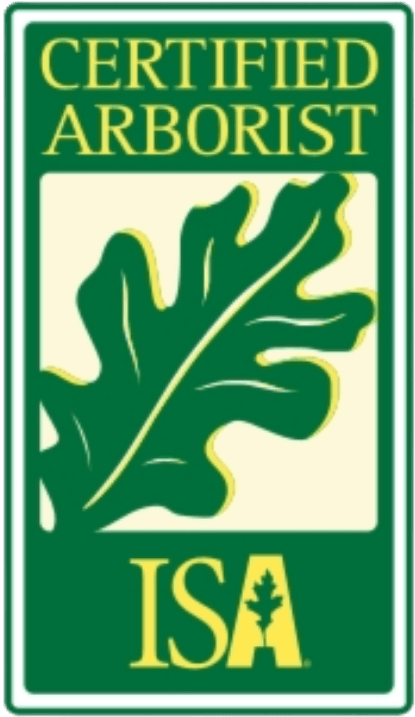Mastering Tree Care: When and How to Aerate Soil for Trees
PUBLISHED ON
SHARE THIS ARTICLE
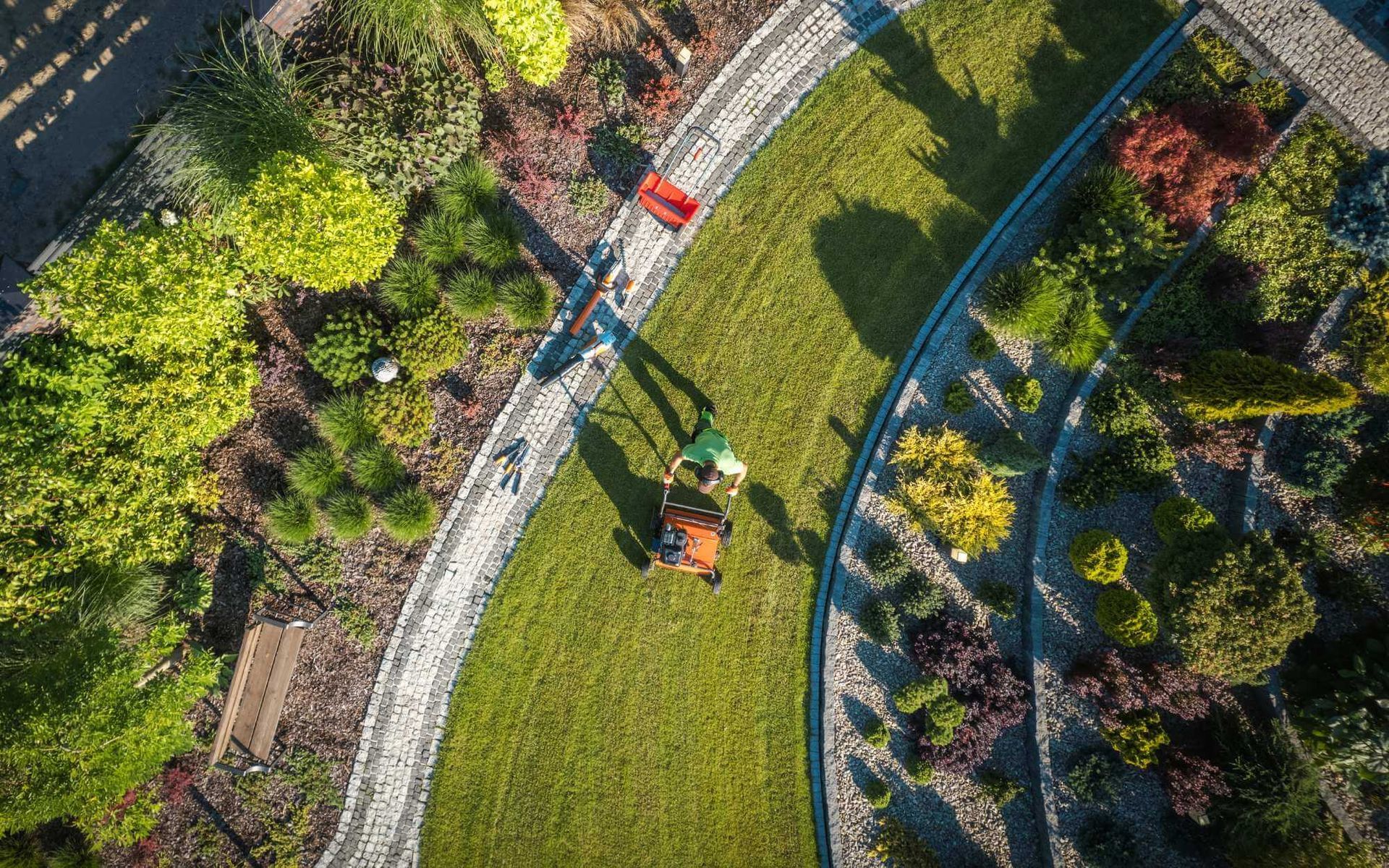
In the world of tree care, understanding the 'when' and 'how' of aeration can make all the difference. Aeration is a critical component of soil health and, consequently, the overall well-being of your trees. But it's not just about creating air pockets in the ground - timing, technique, and tree type all play a role.
This guide will shed light on the often-overlooked art of soil aeration, providing you with the knowledge to improve your tree's health and longevity.
Read on to master the science and technique behind this essential tree care practice.
Signs that Soil Aeration is Needed
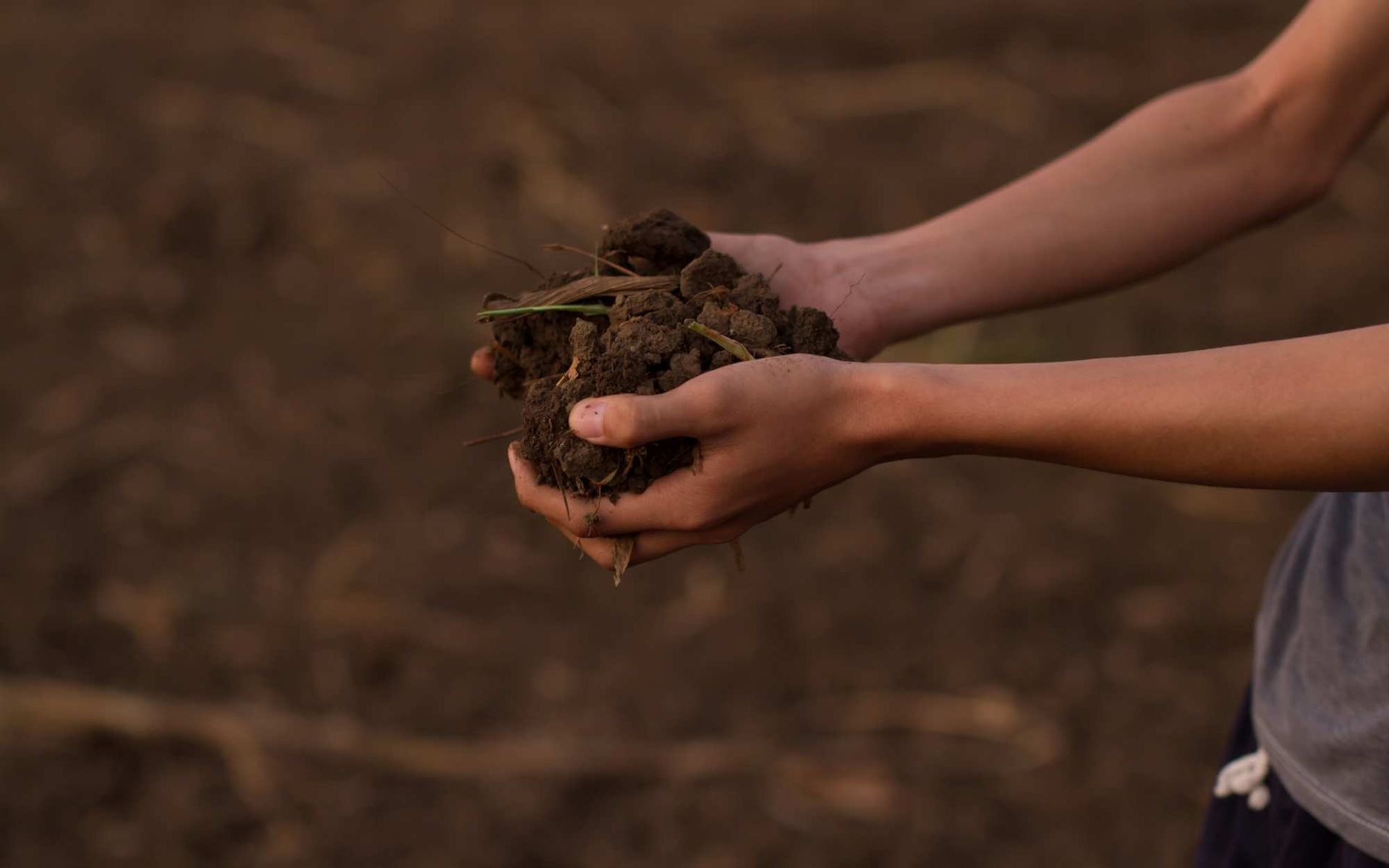
Soil compaction can have a negative impact on tree health, and recognizing the signs early can save a tree's life. Symptoms of compacted soil include stunted growth, yellowing of leaves, and a noticeable decline in the tree's overall health due to insufficient nutrient absorption.
In severe cases, trees may exhibit dieback - a condition where branches or parts of the crown begin to die. This is because compacted soil particles limit the space for root growth and prevent efficient water and oxygen circulation. Over time, this can lead to undernourishment and dehydration, stunting the tree's growth and potentially leading to its demise.
When to Aerate Soil for Trees
Generally, the best time to aerate soil for trees is during their active growing seasons, primarily in the spring and fall. This timing allows trees to recover quickly from any potential root damage caused by aeration. However, it's essential to consider the specific species of the tree.
Deciduous trees, for example, benefit most from aeration in early spring, while evergreens prefer late fall. Fruit trees are best aerated in early spring to boost nutrient absorption before fruiting. Oak trees, susceptible to a fungal infection known as oak wilt, should not be aerated between April and June when the disease is most active.
Always remember that aeration should be done with care to avoid damaging tree roots.
How to Aerate Soil Effectively
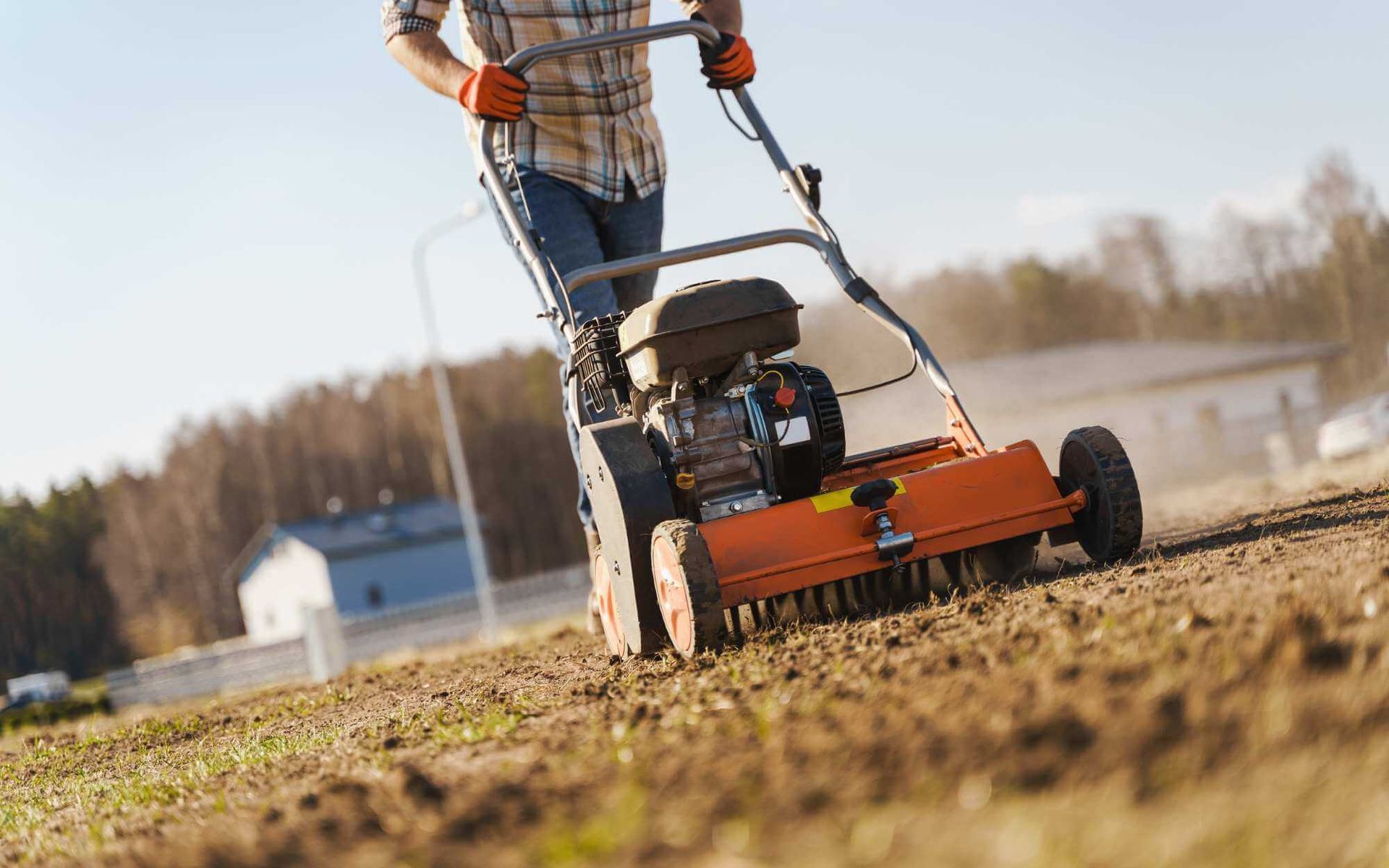
There are two primary methods of aerating soil: manual and mechanical. The manual method involves using a garden fork or a handheld soil aerator to create holes in the soil, allowing water, oxygen, and nutrients to reach the roots. The mechanical method (core aeration or spike aeration) employs a machine to remove small plugs of soil from the ground.
To aerate the soil around mature trees, follow these steps:
- Identify the root zone, usually as far out as the tree's canopy.
- Using your chosen method, aerate the soil within this zone, being careful not to damage the roots.
- After aeration, water thoroughly and apply a layer of compost or mulch to retain moisture and nutrients.
- Repeat the process every 1-3 years, depending on soil conditions and tree health.
Remember to adjust your timing and technique according to the specific needs of your tree species for optimal results.
Precautions and Tips for Successful Soil Aeration
While soil aeration promotes tree health, improper technique can harm roots and introduce disease. Avoid aerating within 30cm of the tree trunk to protect the most sensitive roots. Over-aeration can also damage soil structure, so follow the recommended frequency for your tree type.
Before aeration, ensure the soil is moist but not waterlogged to maximize efficiency and minimize root stress. After aeration, use organic mulch to aid moisture retention and nutrient delivery.
If you're unsure about the appropriate method or timing, consider consulting an arborist or a local extension service.
Remember, successful aeration requires a balance of knowledge, timing, and technique.
Master soil aeration timing and techniques for success!
Now that we've explored the when and how of soil aeration, you have the tools to improve your tree's health and vitality. Remember to keep an eye out for signs of compaction and adjust your techniques accordingly. By paying attention to timing, technique, and tree type, you can ensure successful aeration and give your trees the best chance at thriving.
Contact your trusted tree care services professionals for more information and guidance on soil aeration and other essential tree care practices.
Together, we can help your trees reach their full potential and beautify your landscape. Let's master the art of tree care through proper soil aeration!
Want a free quote or some friendly advice? Call our team today:

